Don't "take the bowl and leave the tray"
In planning and orienting the development of economic forests, Bac Giang province always closely directs each region and preserves natural forests for the purpose of protection and ecological environment protection. However, there are still many cases of "grasping the bowl, leaving the tray", destroying natural forests to convert to economic forests. Notably, most cases when discovered and handled admit that they know they are violations but still deliberately violate.
A large-scale natural forest destruction case in Luc Son commune (Luc Nam) in 2024. |
Mr. Be Van C, residing in Vo Tranh commune (Luc Nam), who was once administratively punished by the district Forest Protection Department for destroying nearly 2,000 square meters of natural forest, said: "Due to economic difficulties, I and some relatives in my family secretly entered the forest to clear the ground cover and destroy the forest to wait for favorable conditions to burn and clear the site for planting acacia trees." In Son Dong district, with a large area of natural forest, the situation of cutting and destroying has become complicated at some times. Many places assigned by the State to households for management and protection are now being arbitrarily burned down by people to plant economic forests. The subjects take advantage of the early morning, evening, and holidays to cut and destroy, so the fight and prevention are facing many difficulties.
To protect the forest, the forest rangers and localities have increased propaganda, raising people's awareness of the role and significance of natural forests; maintaining a special working group to prevent and combat deforestation... In Luc Nam district, in addition to the amount of money from the provincial budget to support the protection of natural forests, the district People's Committee also provides additional funds to the people. In order to increase deterrence, all cases of natural forest destruction are handled. For example, in 2024, the authorities prosecuted the case and prosecuted the defendants related to the large-scale natural forest destruction case in Luc Son commune (Luc Nam). Previously, in Son Dong district, in addition to administrative sanctions, many cases of natural forest destruction that occurred in Vinh An commune and Van Son commune were also prosecuted.
Another thing worth noting is that many households benefit from the land and forest allocation policy but quietly transfer the right to use forestry land to businesses and individuals with financial potential. The reason may be a lack of capital for reinvestment, lack of knowledge, technology or simply seeing immediate profits from selling forests and land. As a result, many "new forest owners" gradually formed, most of whom were people from other places who came to buy and collect for short-term investment in production with the goal of maximizing economic benefits, making the land even more impoverished and infertile.
Support large timber forests, change structure
In practice, the short-cycle economic forestation model has revealed many shortcomings in the style of "cutting short, biting long", leading to worrying consequences for the environment, productivity and investment efficiency. To gradually overcome this situation, in 2024, Bac Giang province for the first time developed a plan to develop large timber forests, transforming from small timber plantations to large timber forest production. This is also the first year the province implements Resolution No. 26 (dated July 14, 2023) of the Provincial People's Council on policies to support the development of agriculture, forestry and fisheries in the period 2023 - 2030. Accordingly, the province supports 20 million VND/ha for fast-growing crops and 55 million VND/ha for slow-growing crops - a drastic step to create momentum for forest restructuring.
The large timber forests of Yen The Forestry One Member Limited Liability Company bring economic and environmental efficiency. |
In that transformation, Yen The Forestry One Member Limited Liability Company emerged as a pioneer enterprise. With more than 600 hectares of large timber forest planned stably, each year the Company exploits about 50 hectares with diverse species such as acacia, eucalyptus, and houttuynia... Not only ensuring economic efficiency, the Company's model also contributes to environmental protection and is a model that many localities across the country come to learn and study.
Mr. Hoang Van Chuc, Chairman of the Board of Members of the Company, assessed: Although the cycle of planting large timber forests is longer, the economic efficiency is twice or even three times higher than that of small timber forests. With small timber acacia forests of 6-7 years, the yield can only reach 100-150 m3/ha, but if the cycle is extended to 12-13 years, it can reach a maximum of 300 m3/ha. In fact, many of the Company's forest plots have reached this level. In addition, if small timber is mainly used for chipping, peeling and selling for 1.5-1.6 million VND/m3 (at present), large timber can be up to 3.5-4 million VND/m3 for furniture production.
Or many households in Son Dong district are supported to grow medicinal herbs and native plants (green giổi, green lim and ba kích) under the forest canopy for high efficiency and sustainability. Mr. Hoang Van Ngoc's family, Ron village, Thanh Luan commune currently has more than 1 hectare of hybrid acacia forest. In addition to planting forests, he boldly renovated his mixed garden to grow more than 2,200 purple ba kích plants, and has so far harvested one crop, earning 150 million VND.
In addition to the above effectiveness, from 2024, implementing Resolution No. 26 of the Provincial People's Council, organizations, individuals and households planting large timber forests will receive financial support from the State, thereby opening up great prospects for the development of this type of forest. Currently, the model is being propagated and replicated by competent authorities.
Planting forests is not just for today
Bac Giang currently has more than 120 thousand hectares of production forests. If not strictly managed, these forests are at risk of being exhausted and becoming "empty land". To develop in a sustainable direction, along with encouraging the model of planting large timber forests, many opinions say that it is necessary to build an overall vision in planning, restructuring the forest planting area, linking with the wood export strategy, increasing the added value for the forestry industry. More importantly, it is necessary to strictly follow sustainable farming processes such as: No burning of vegetation, no comprehensive land preparation, no monoculture of one or two types of trees.
Leaders of the Provincial Farmers' Association visited the model of growing Morinda officinalis under the forest canopy in Thanh Luan commune (Son Dong). |
Currently, many countries in the world have built a strategy for sustainable forestry development, not only focusing on expanding large timber forests but also strictly controlling the origin of input materials. One of the mandatory requirements is to only import FSC-certified wood products - the global standard for sustainable forest management and development. To meet that requirement, Bac Giang is building FSC forest plantation areas.
Forestry restructuring requires appropriate mechanisms and policies, including improving the quality of protective forests and ensuring the function of protecting the ecological environment. It is also necessary to standardize awareness of forestry cultivation, from regulations on the use of sloping land, standards for selecting crops, care techniques to harvest time and crop rotation structures suitable for each type of forest. At the same time, it is necessary to restructure protective forests towards improving quality. The consistent viewpoint is to manage planted forests comprehensively and sustainably. According to the representative of the Department of Agriculture and Environment, forest land is like a living organism, if it is exhausted, it is impossible to expect sustainable efficiency. Therefore, it is extremely necessary to guide people to cultivate according to the correct process, choose a reasonable harvest time and clearly identify suitable crops for each ecological region.
In addition, state management activities need to be strengthened, resolutely not allowing the situation of “nine out of ten” to exist. Organizations and individuals who do not properly implement the forest planting process according to sustainable standards (such as FSC) need to have their certificates revoked, avoiding confusion between standard and non-standard products. More importantly, all forestry development policies need to be placed in the overall balance between the interests of people, businesses and society.
Forest land is increasingly managed by businesses or individuals with financial potential from other places, while the poor, who used to benefit from the forest, are gradually losing their rights to use it because they have to sell it for various reasons. Without a fundamental solution, forests will no longer be a sustainable livelihood for people in forest areas, but will become a profitable asset for a few people. This is an issue that needs to be clearly identified in order to have policies to preserve forests along with preserving land and people working in forestry.
With the goal of regenerating forests, enhancing biodiversity value, the ability to provide forest products and increasing the protection capacity of forests, the State needs to gradually reclaim and effectively manage the area of encroached natural forests for reforestation, planting multi-purpose forest trees and native trees to create sustainable livelihoods; focusing on models of intensive large-wood afforestation. For protective and special-use forests, priority should be given to planting native trees and trees that are resistant to storms and pests such as: Lim xanh, vối Thuốc, thanh thất... In particular, Vietnam strives for "net zero emissions" by 2050, so it is necessary to soon calculate the solution of afforestation to neutralize carbon, the profit from afforestation comes from selling carbon certificates and not for timber.
Forestry economic development is the right direction, but if not controlled, it will become a double-edged sword. In the context of increasingly severe climate change, forest development cannot only focus on area but must also aim for sustainability.
Economic Reporters Group
Source: https://baobacgiang.vn/phia-sau-nhung-canh-rung-kinh-te-bai-3-loi-di-hieu-qua-ben-vung-postid420693.bbg


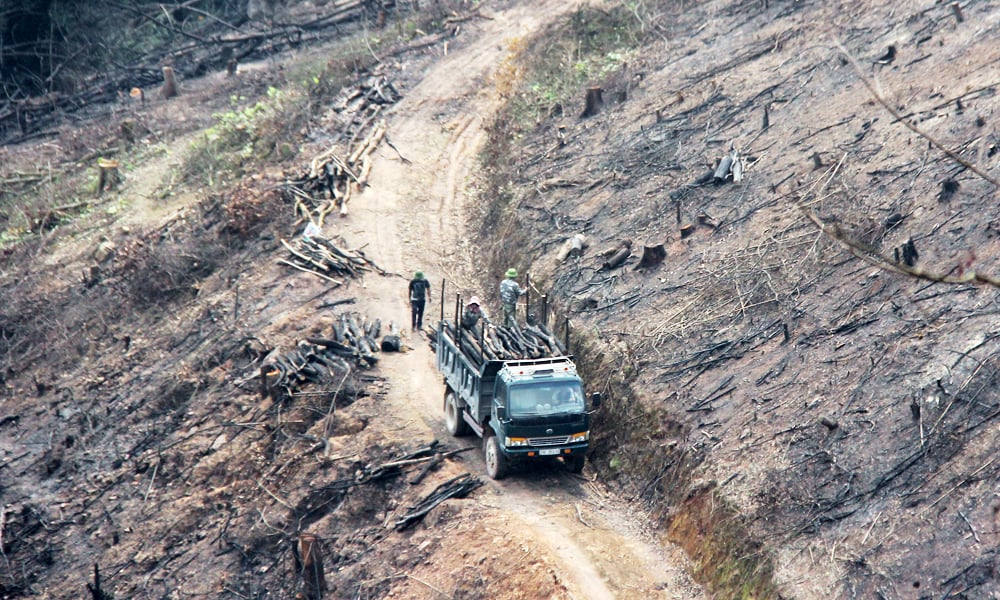
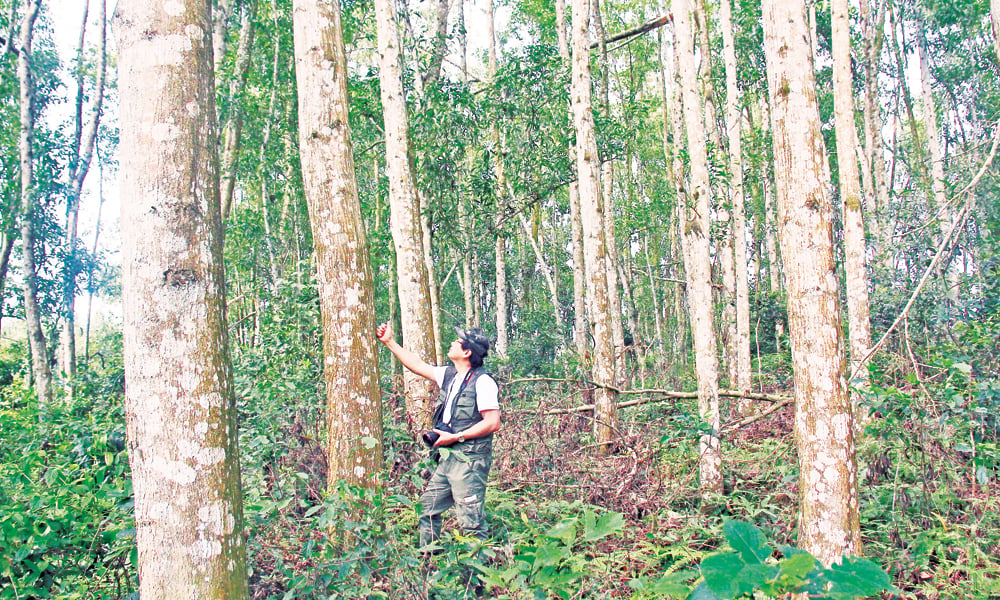

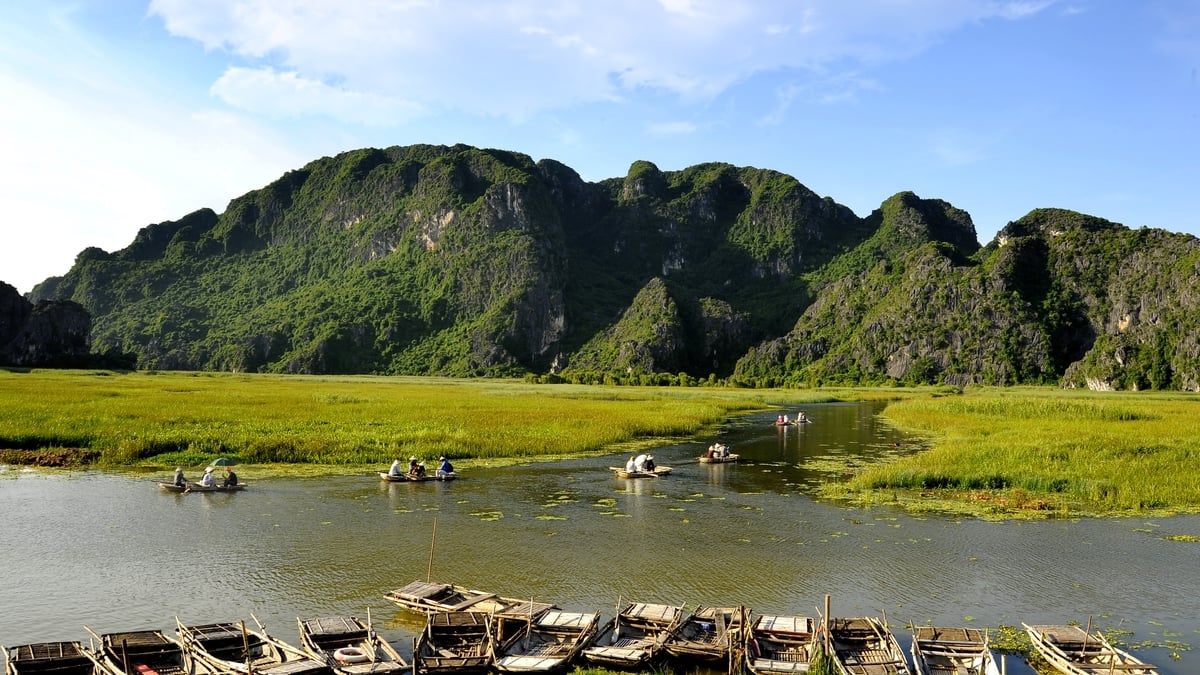
![[Photo] More than 124,000 candidates in Hanoi complete procedures for the 2025 High School Graduation Exam](https://vphoto.vietnam.vn/thumb/1200x675/vietnam/resource/IMAGE/2025/6/25/fa62985b10464d6a943b58699098ae3f)
![[Photo] First training session in preparation for the parade to celebrate the 80th anniversary of National Day, September 2nd](https://vphoto.vietnam.vn/thumb/1200x675/vietnam/resource/IMAGE/2025/6/25/ebf0364280904c019e24ade59fb08b18)


![[Photo] General Secretary To Lam works with the Standing Committee of Quang Binh and Quang Tri Provincial Party Committees](https://vphoto.vietnam.vn/thumb/1200x675/vietnam/resource/IMAGE/2025/6/25/6acdc70e139d44beaef4133fefbe2c7f)



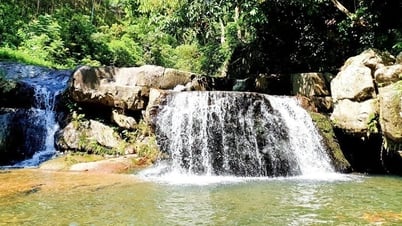
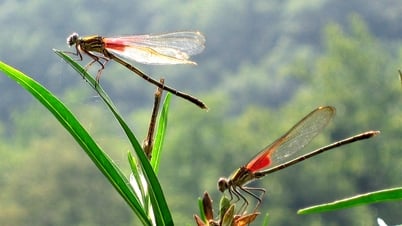


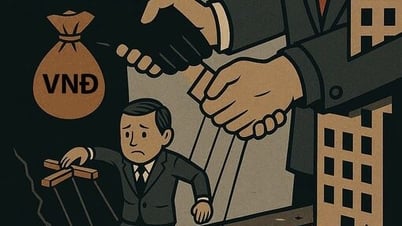

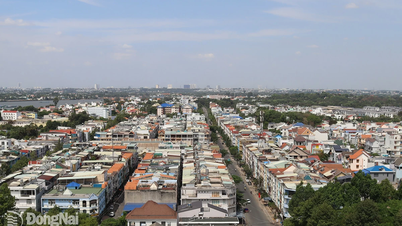


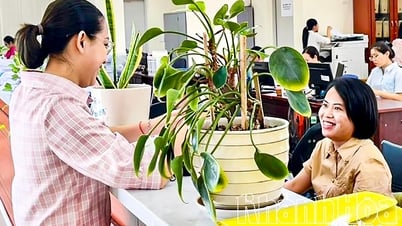

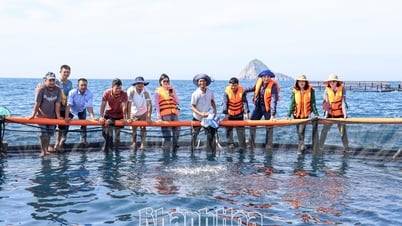
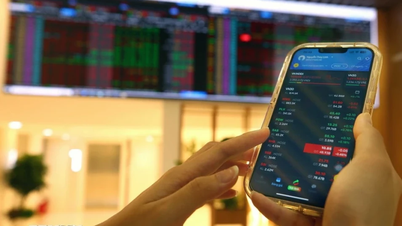






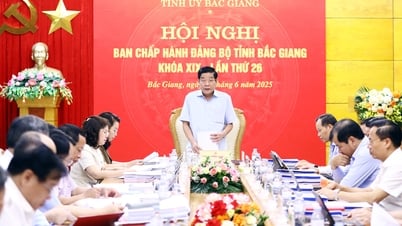
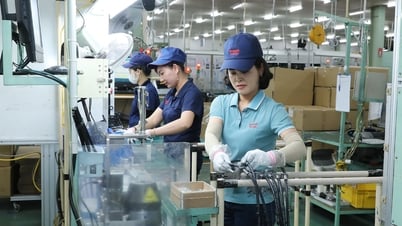
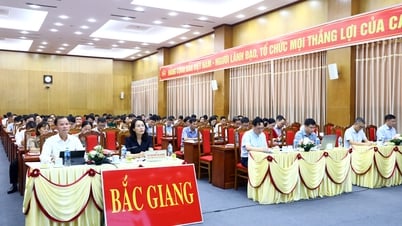
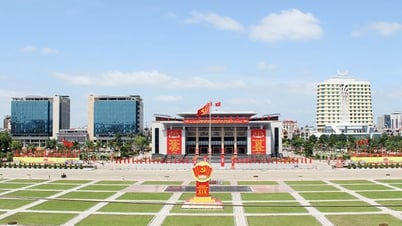
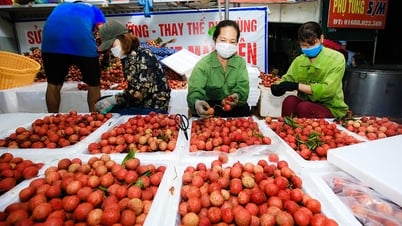







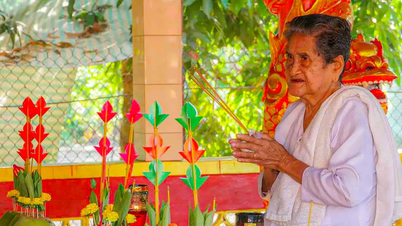






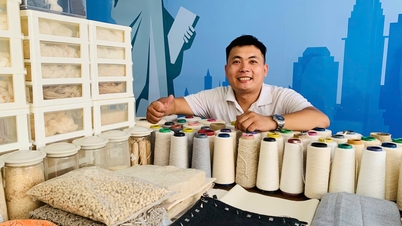

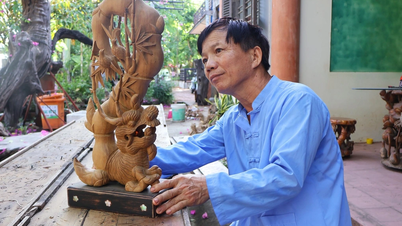

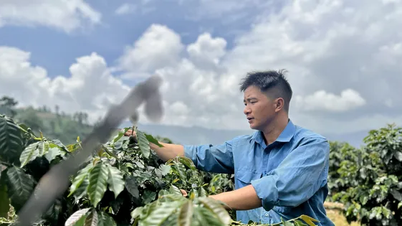

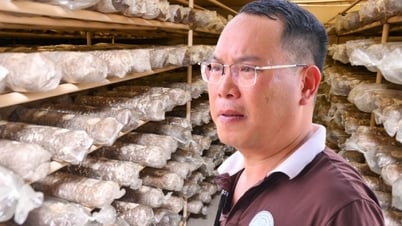







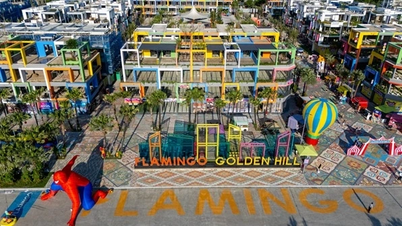






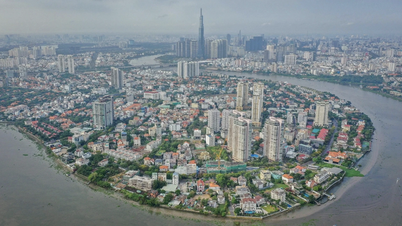


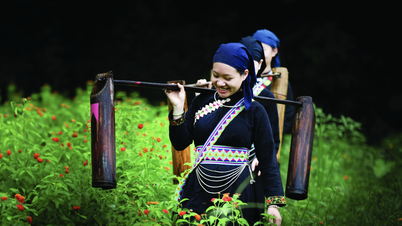






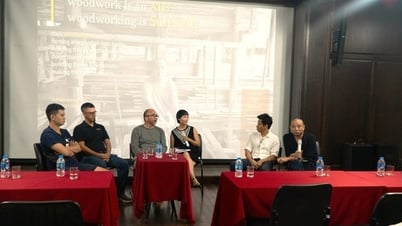
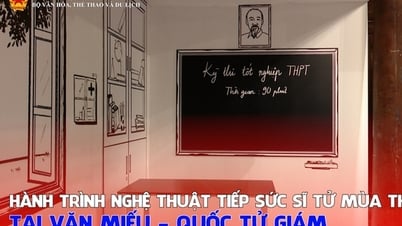


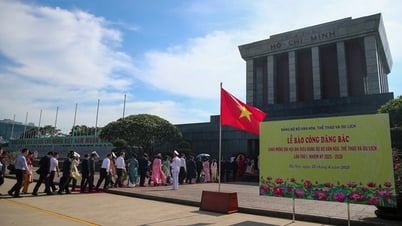
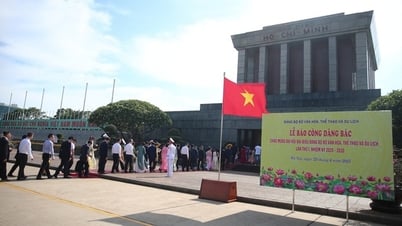
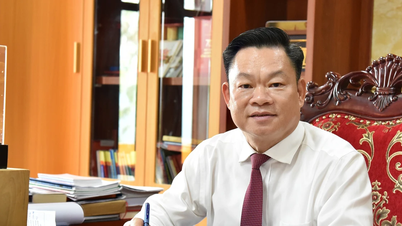


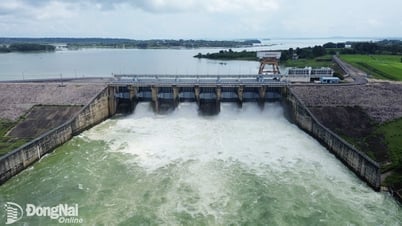

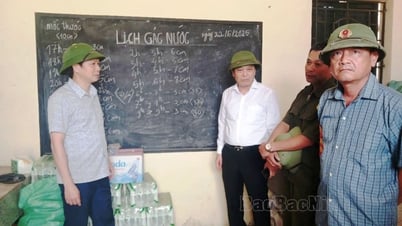















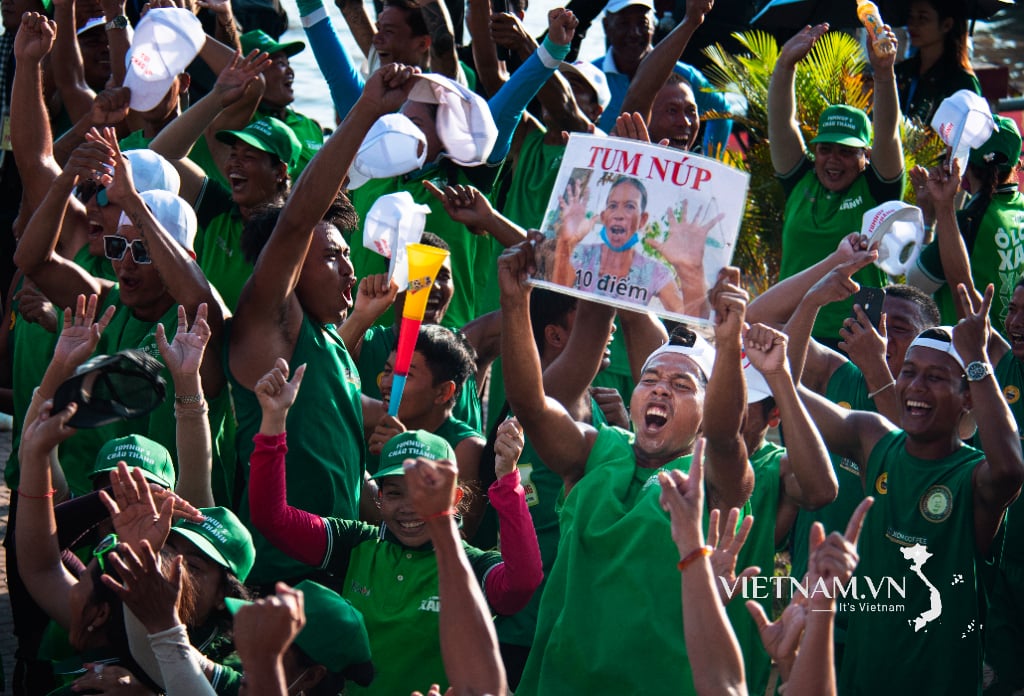
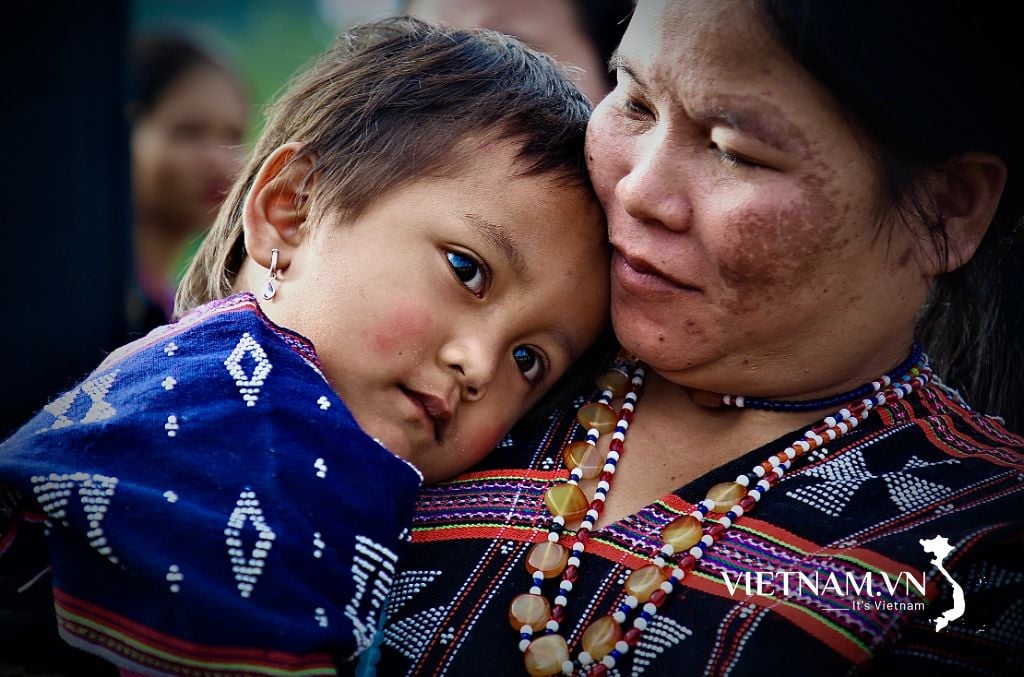
Comment (0)